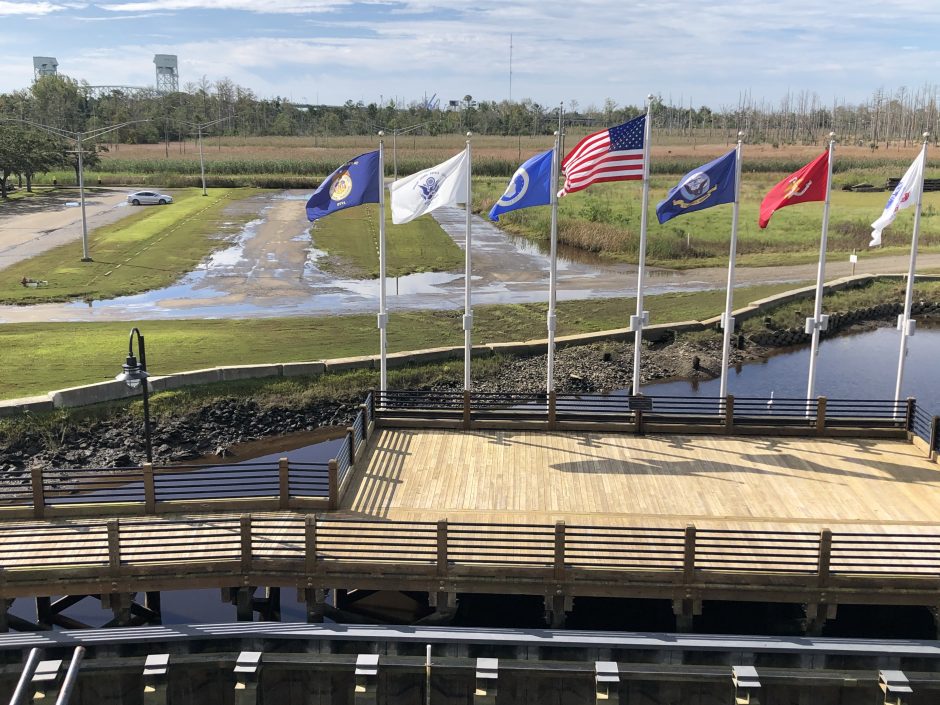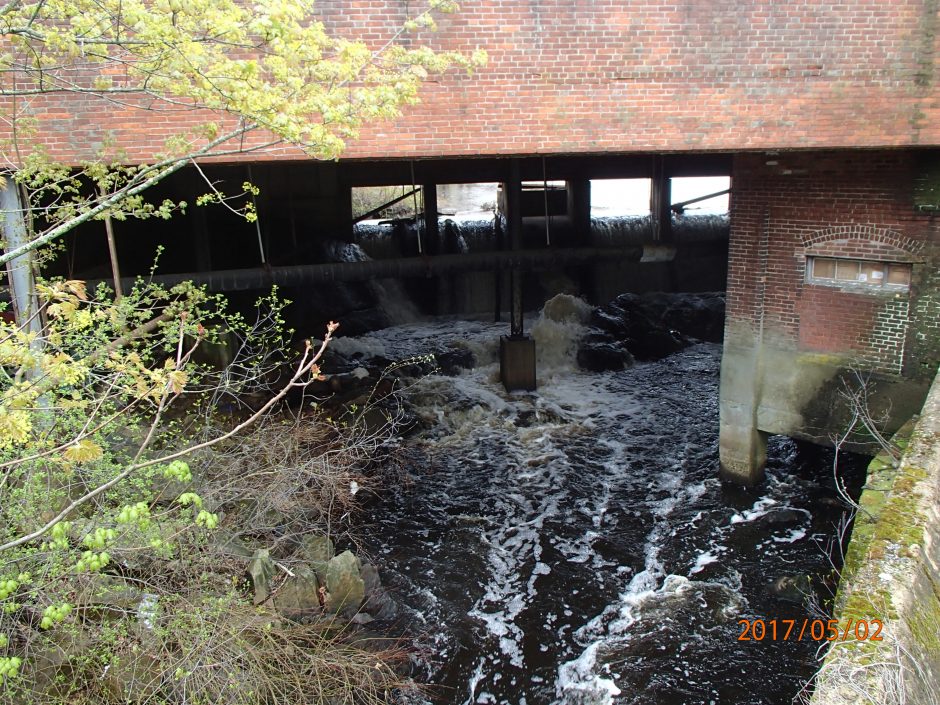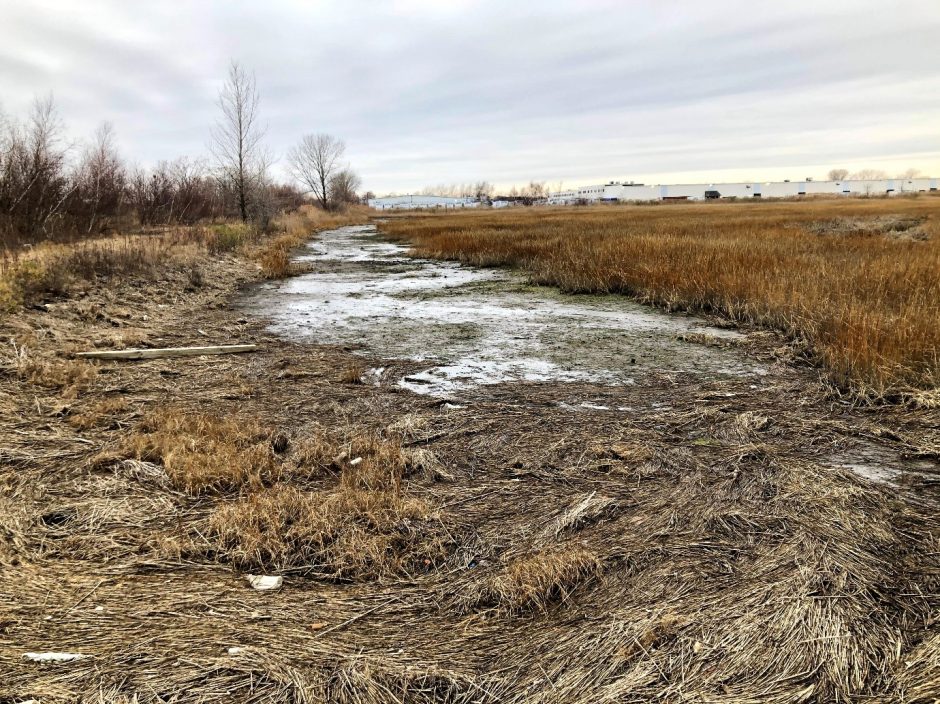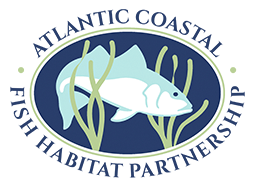June 29, 2021
ACFHP is excited to announce that the following three projects will be receiving National Fish Habitat Action Plan funding for the 2021 fiscal year, based on our recommendations to the US Fish and Wildlife Service.
Living with Water – USS Battleship North Carolina Habitat Restoration, Cape Fear River, Wilmington, North Carolina
Battleship North Carolina, a National Historic Landmark berthed on the Cape Fear River near Wilmington, NC, is adjacent to 65 acres of state-owned marsh, uplands, and parkland. With a 60-year coastal riverine history, the Battleship is a sentinel site for climate change. Resting 28 miles upstream of the Atlantic Ocean, the Battleship property is hydrologically contiguous to more than 2,000 acres of tidal wetlands and intertidal shoreline on Eagles Island. Like many coastal sites, an increasing trend in tidal flooding (greater than 5.5 feet at Station WLON7) causes problems. Tidal erosion damages wildlife habitats, creates sink holes, and degrades water quality with vehicular pollutants, soil, and silt. The Battleship is committed to an on-the-ground green infrastructure solution to improve degraded fish and wildlife habitats and water quality.
This project is being led by the USS NORTH CAROLINA Battleship Commission and will mitigate the ecological and economic impacts of nuisance tidal flooding at the Landmark. Project objectives include restoration of ~800 linear feet of intertidal shoreline and establishment of ~2 acres of tidal wetland. The living shoreline and tidal wetlands will increase hydrologic function and services to the Cape Fear River, restore fish habitat, and improve water quality. Specifically, restoration will augment refuge habitat, improve benthic foraging habitat, and increase primary nursery and juvenile habitat for prey and finfish species. Improved ecosystem functions and services will also enhance population recovery of federally managed species such as the shortnose sturgeon and Atlantic sturgeon.

Armstrong Dam Removal, Monatiquot River, Braintree, Massachusetts
For many years, the former mill industry along the Monatiquot River impacted historic herring runs and disconnected species from their spawning grounds. Now, the Armstrong Dam is the primary barrier to fish passage on the river. The dam no longer serves its original purpose and is also a public safety hazard.
This project, led by the Town of Braintree, will remove the Armstrong Dam. There is also a concurrent project to remove the downstream Ames Pond Dam and install a pool-and-weir fishway around Rock Falls. When these projects are completed, 36 miles of unimpeded upstream access to 180 acres of river herring spawning habitat will be restored.

Ecological Restoration of 39 Salt Marsh Acres at Great Meadows Marsh, Stewart B. McKinney National Wildlife Refuge, Stratford, Connecticut
This project, led by Audubon Connecticut, will restore 39 acres of coastal salt marsh and other intertidal habitats at Great Meadows Marsh, one of Connecticut’s largest salt marshes. Impacted by land use changes and development, invasive plant species, and sea level rise, the project restores ecological functions, increases faunal species abundance/diversity, and improves marsh resilience. Restoration activities, with technical input from NOAA, USFWS, and Connecticut Department of Energy and Environmental Protection, will increase salt marsh habitat including regularly flooded salt marsh, intertidal creeks, and flats providing cover, foraging, and spawning habitats for estuarine fish and macroinvertebrates such as Atlantic silverside, winter flounder, horseshoe crab, and other priority ACFHP species.

To learn more about all of ACFHP’s funded and endorsed projects, visit: https://www.atlanticfishhabitat.org/on-the-ground-projects/.
